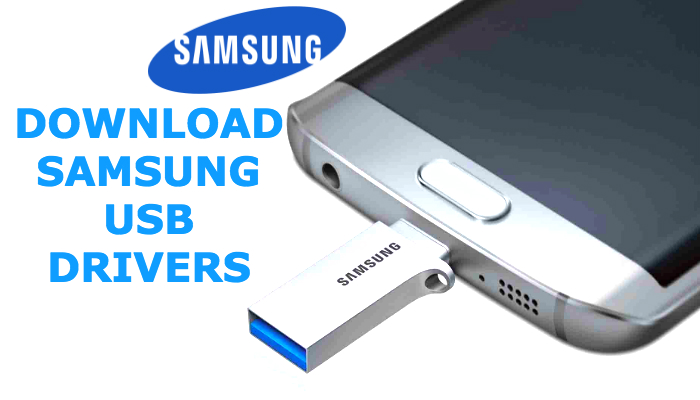

- #Alereon wireless usb driver for mac full#
- #Alereon wireless usb driver for mac portable#
- #Alereon wireless usb driver for mac mac#
George: We saw that demo last week, and one of the things that impressed us was that the demo was operating at a distance over one meter.Įric: Yes, the team that was there told me that they ran the demo at anywhere between 2 to 4 meters, depending on what they were doing. So this was the first demonstration of silicon using wireless USB protocol achieving really good data rates.
#Alereon wireless usb driver for mac mac#
We have also demonstrated a sustained data rate of 480 Mbps over the air with a sustained throughput with our new MAC chip of 250 Mbps per second.
#Alereon wireless usb driver for mac portable#
Certainly you can use a chip that is designed for portable electronics in other applications, but we decided to specialize in that regard. This is in support of our target market, which is primarily portable electronics. We also continued our history of firsts there by demonstrating the world’s first wireless USB device MAC.
#Alereon wireless usb driver for mac full#
We recently announced at the Wireless USB Developer’s Conference that our chipset has gone through full production qualification: temperature and voltage etc, and is in stock and ready for delivery and for volume production. And then in October of 2005 we were the first company to have a fully- WiMedia compatible chip, that was because the standards had continued to evolve, and we support all the modes and all the data rates. In October of 2004, we were the first company to demonstrate a chip at data rates from 53 to 480 Mbps per second. We have always been a chips-driven company and not a demo-driven company. We focused on getting chips that customers could use as opposed to building demonstration units. Then we continued that history of “firsts” as Alereon. The original team that helped start the company with me built the world’s very first ultrawideband, FCC- certified, pulse-based radio. So, we have been at the forefront of this certification and standardization effort since the very beginning. Alereon was one of the founding companies of WiMedia, one of the founding companies for the Multi-band Alliance that became the Multi-band OFDM Alliance, and one of the founding members of the Wireless USB Working Group, which turned into Wireless USB. Since then we’ve added quite a number of people to the company. We started the company by hiring a core team of engineers from another start-up company in Huntsville, Alabama, and then moved them to Austin. George: What can you tell us about Alereon?Įric: Alereon began as a legal entity in April of 2003. And I certainly have a lot of operational experience I spend a lot of my time internally preparing for strong revenue growth as well.

George: As CEO, do you tend to focus more on operational issues?Įric: I would say that a great deal of my time is focused on winning and retaining customers, so that the company can scale appropriately. I have a lot of operations background too, having been General Manager of quite of a number of different businesses over the years. I come from engineering and spent a lot of time with customers from a marketing standpoint as well. I was then hired to be the CEO of Alereon, and was employee number one, starting on June 23, 2003. I also managed one of the operating divisions. I then went to Legerity, and was one of the three executives there, as the VP of marketing. In 2000, I did my first startup as the CEO of Alchemy Semiconductor, which was a low-power MIPS-based processor company that was sold to AMD, and recently got sold to Raza Foundries. They had a lot of networking products, things that worked in set top boxes, and got them into the audio surround business.
Then I moved to Austin to work for Crystal Semiconductor in January 1995, and was responsible for a lot of the analog mixed-signal products. The last General Manager’s position I held was in charge of the signal processing activities at IBM Microelectronics. Then I went to the “dark side” and went into management as a general manager. I began my career at IBM as a design engineer, rising through the ranks and ultimately becoming a senior technical staff member. George: Can you tell us a little bit about your background?Įric: I’ve been in the industry for about 27 years.

These were published in the WTRS Newsletter on a regular basis. George West conducted interviews of industry leaders.


 0 kommentar(er)
0 kommentar(er)
